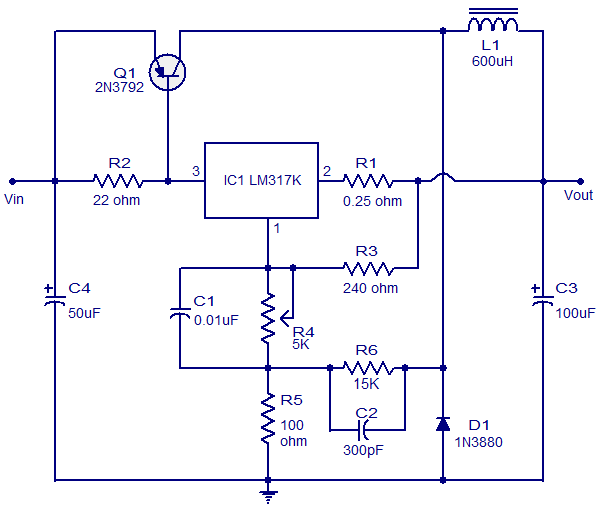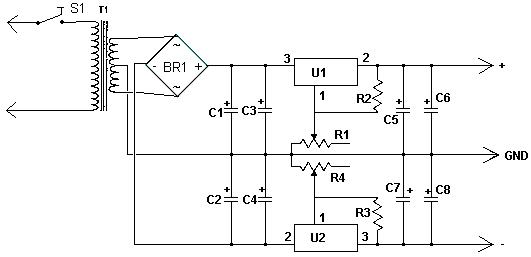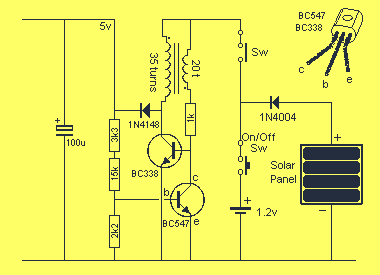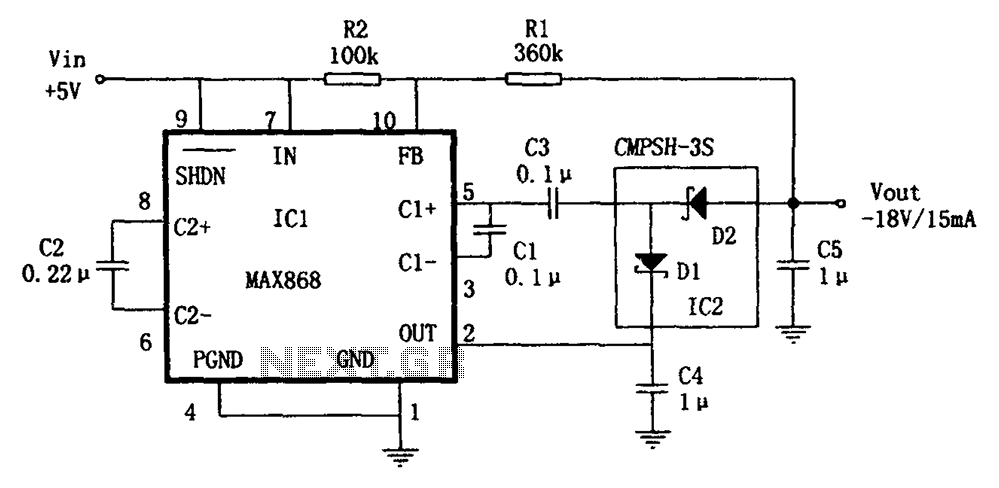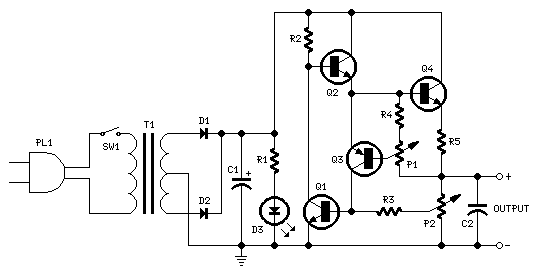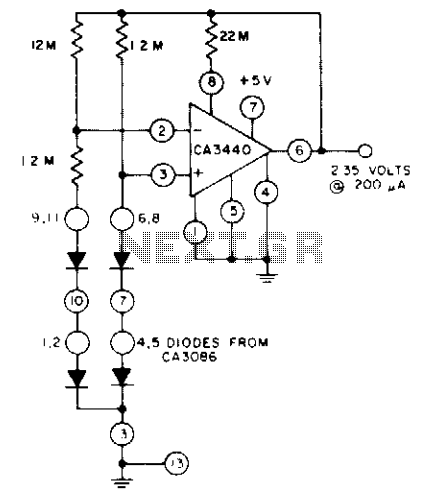
Lighting Consultancy and Supply
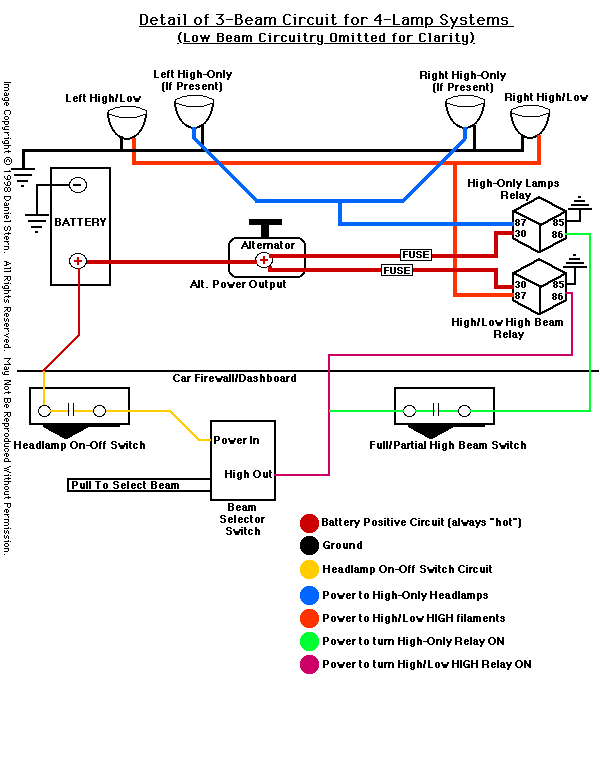
The success or failure of lighting upgrades depends on the quality of components and workmanship. Proper wire routing is essential to prevent insulation chafing. The quality of soldering connections is crucial, as poor solder joints can corrode and fail. Additionally, shielding new wiring from road spray is important. Fuses should be used in new wiring to protect against electrical faults that may cause vehicle damage. High-quality parts designed for automotive use are necessary, as they must withstand various temperatures, road splashes, fumes under the hood, and severe vibrations. It is advisable to choose products from reputable manufacturers, as inexpensive components may fail and lead to dangerous situations, such as losing headlights while driving at night. The techniques discussed will yield excellent results only if executed carefully and with high-quality materials, avoiding shortcuts. For collectible cars, it is important to conceal new wiring. However, for daily drivers, powerful headlights are beneficial, and visible wiring allows for easier inspection and maintenance. This article focuses on the general principles of headlamp wiring, noting that original equipment designs vary. It is recommended to thoroughly examine a vehicle’s wiring setup using applicable diagrams. The headlight power is controlled by a dashboard switch, which is not ideal for tapping into the system due to high-resistance contacts and excessive voltage drop from long wire lengths. Factory wiring is often inadequate for stock headlamp equipment, leading to decreased light output due to voltage loss. The relationship between voltage and light output is not linear; a drop in voltage results in a significant decrease in brightness. For instance, a 9006 low beam bulb rated at 1000 lumens at 12.8 volts shows a considerable drop in output as voltage decreases. Common factory headlamp wiring can result in substantial voltage drops, especially as connections accumulate corrosion. From the headlamp switch, a wire runs to the beam selector switch, with two wires leading to the front of the car for high and low beams. These wires are typically thin, often 16 gauge or smaller, which exacerbates voltage drop issues.
The design of a headlamp circuit must prioritize both safety and performance. The wiring should be robust enough to handle the current demands of modern headlamps, which may require larger gauge wires to minimize resistive losses. A common approach involves running a dedicated power line directly from the battery to the headlamps, bypassing the factory switch. This setup often includes a relay that is activated by the original headlamp switch, allowing for a higher current to flow directly to the bulbs while maintaining the factory control functionality.
The relay should be rated for the appropriate load and placed in a location that is protected from moisture and road debris. The use of weatherproof connectors and heat-shrink tubing for soldered joints can enhance the durability of the connections. Additionally, the installation of fuses near the battery will provide protection against short circuits, further safeguarding the vehicle's electrical system.
In terms of wire selection, using 12 or 14 gauge stranded wire for the power feed to the headlamps is advisable to ensure minimal voltage drop and adequate current handling. The ground connections should also be robust, with a direct path back to the vehicle chassis to ensure efficient operation of the headlamps.
When upgrading headlamps, it is critical to consider the optical characteristics of the bulbs being used. While higher wattage bulbs can provide increased brightness, they may also produce excess heat, potentially damaging the headlamp housing or wiring. Therefore, it is essential to select bulbs that are compatible with the existing headlamp assemblies and to verify that the vehicle's electrical system can handle the additional load without exceeding the limits of the wiring and fuses.
Finally, regular inspections of the headlamp circuit should be conducted to ensure that all connections are secure and free of corrosion. This proactive maintenance will help to ensure consistent performance and safety while driving, especially during nighttime or adverse weather conditions.The success or failure of your lighting upgrade efforts rides on the quality of your parts and the quality of your work. It matters how carefully you route wires to avoid chafing insulation. It matters how well you solder connections (crimps and sloppy or `cold` solder joints corrode and die).
It matters how well you shield added wiring from road spray. It matters that you use fuses in the new wiring to protect against vehicle damage due to a new or old electrical fault. It matters that you use high-quality parts that are designed to stand up to the rigors of automotive usage.
Such components must be resistant to a wide range of temperatures, road splash, fumes found under the hood of every car, severe and prolonged vibration, etc. It will pay you to select only the products of companies with well established reputations for quality and durability; your $2.
25 bargain no-name relay could easily kill you when it fails on a dark road somewhere, leaving you with no lights. Do not purchase vehicle components based solely on price! The techniques described in this article will yield excellent results only if the work is carried out carefully and to a high standard, with quality parts and materials and without corner-cutting or sloppy work.
I personally wouldn`t perform this upgrade on a really collectible car without taking care to hide all the new wiring. Actually, there`s probably not much need to go to high-powered Cibie (or other European-specification) headlamps on a true collector car that is not driven at night.
But on a hard-working daily (and nightly) driver like mine, powerful headlights are a real blessing, and keeping the wiring out in the open where it can be seen and inspected helps avoid failures! Also keep in mind that this article focusses on the general principle behind headlamp wiring. There are many variations in original-equipment headlamp circuit design, and it will be worth your while to examine your vehicle`s setup thoroughly, preferably with the aid of wiring diagrams applicable to your specific vehicle.
Power for the headlights is controlled by a switch on the dash. This is *not* a great place to tap into the system, for two reasons: The headlamp switch uses tiny, high-resistance contacts to complete circuits, and the wire lengths required to run from the battery to the dashboard and all the way out to the headlamps creates excessive resistive voltage drop, especially with the thin wires used in most factory installations. In many cases, the thin factory wires are inadequate even for the stock headlamp equipment. Headlamp bulb light output is severely compromised with decreased voltage. The drop in light output is not linear, it is exponential with the power 3. 4. For example, let`s consider a 9006 low beam bulb rated 1000 lumens at 12. 8 Volts and plug in different voltages: The Europeans take a slightly more realistic with their voltage ratings; they consider output at 13.
2v to be "100%". The loss curve is the same, though. When operating voltage drops to 95 percent (12. 54v), headlamp bulbs produce only 83 percent of their rated light output. When voltage drops to 90 percent (11. 88v), bulb output is only 67 percent of what it should be. And when voltage drops to 85 percent (11. 22v), bulb output is a paltry 53 percent of normal! It is much more common than you might think for factory headlamp wiring/switch setups to produce this kind of voltage drop, especially once they`re no longer brand new and the connections have accumulated some corrosion and dirt. From the headlamp on-off switch, a single wire runs to the beam selector (high/low) switch. Two wires run from the dimmer to the front of the car: one for high beams, one for low. Those are long lengths of thin wire between the battery and the headlamps! Typically we find 16 gauge wire (1. 5 mm2) at best, more commonly 18 gauge (1. 0 mm2) and in some cases even 20 gauge (0. 5 mm2). Most s 🔗 External reference
The design of a headlamp circuit must prioritize both safety and performance. The wiring should be robust enough to handle the current demands of modern headlamps, which may require larger gauge wires to minimize resistive losses. A common approach involves running a dedicated power line directly from the battery to the headlamps, bypassing the factory switch. This setup often includes a relay that is activated by the original headlamp switch, allowing for a higher current to flow directly to the bulbs while maintaining the factory control functionality.
The relay should be rated for the appropriate load and placed in a location that is protected from moisture and road debris. The use of weatherproof connectors and heat-shrink tubing for soldered joints can enhance the durability of the connections. Additionally, the installation of fuses near the battery will provide protection against short circuits, further safeguarding the vehicle's electrical system.
In terms of wire selection, using 12 or 14 gauge stranded wire for the power feed to the headlamps is advisable to ensure minimal voltage drop and adequate current handling. The ground connections should also be robust, with a direct path back to the vehicle chassis to ensure efficient operation of the headlamps.
When upgrading headlamps, it is critical to consider the optical characteristics of the bulbs being used. While higher wattage bulbs can provide increased brightness, they may also produce excess heat, potentially damaging the headlamp housing or wiring. Therefore, it is essential to select bulbs that are compatible with the existing headlamp assemblies and to verify that the vehicle's electrical system can handle the additional load without exceeding the limits of the wiring and fuses.
Finally, regular inspections of the headlamp circuit should be conducted to ensure that all connections are secure and free of corrosion. This proactive maintenance will help to ensure consistent performance and safety while driving, especially during nighttime or adverse weather conditions.The success or failure of your lighting upgrade efforts rides on the quality of your parts and the quality of your work. It matters how carefully you route wires to avoid chafing insulation. It matters how well you solder connections (crimps and sloppy or `cold` solder joints corrode and die).
It matters how well you shield added wiring from road spray. It matters that you use fuses in the new wiring to protect against vehicle damage due to a new or old electrical fault. It matters that you use high-quality parts that are designed to stand up to the rigors of automotive usage.
Such components must be resistant to a wide range of temperatures, road splash, fumes found under the hood of every car, severe and prolonged vibration, etc. It will pay you to select only the products of companies with well established reputations for quality and durability; your $2.
25 bargain no-name relay could easily kill you when it fails on a dark road somewhere, leaving you with no lights. Do not purchase vehicle components based solely on price! The techniques described in this article will yield excellent results only if the work is carried out carefully and to a high standard, with quality parts and materials and without corner-cutting or sloppy work.
I personally wouldn`t perform this upgrade on a really collectible car without taking care to hide all the new wiring. Actually, there`s probably not much need to go to high-powered Cibie (or other European-specification) headlamps on a true collector car that is not driven at night.
But on a hard-working daily (and nightly) driver like mine, powerful headlights are a real blessing, and keeping the wiring out in the open where it can be seen and inspected helps avoid failures! Also keep in mind that this article focusses on the general principle behind headlamp wiring. There are many variations in original-equipment headlamp circuit design, and it will be worth your while to examine your vehicle`s setup thoroughly, preferably with the aid of wiring diagrams applicable to your specific vehicle.
Power for the headlights is controlled by a switch on the dash. This is *not* a great place to tap into the system, for two reasons: The headlamp switch uses tiny, high-resistance contacts to complete circuits, and the wire lengths required to run from the battery to the dashboard and all the way out to the headlamps creates excessive resistive voltage drop, especially with the thin wires used in most factory installations. In many cases, the thin factory wires are inadequate even for the stock headlamp equipment. Headlamp bulb light output is severely compromised with decreased voltage. The drop in light output is not linear, it is exponential with the power 3. 4. For example, let`s consider a 9006 low beam bulb rated 1000 lumens at 12. 8 Volts and plug in different voltages: The Europeans take a slightly more realistic with their voltage ratings; they consider output at 13.
2v to be "100%". The loss curve is the same, though. When operating voltage drops to 95 percent (12. 54v), headlamp bulbs produce only 83 percent of their rated light output. When voltage drops to 90 percent (11. 88v), bulb output is only 67 percent of what it should be. And when voltage drops to 85 percent (11. 22v), bulb output is a paltry 53 percent of normal! It is much more common than you might think for factory headlamp wiring/switch setups to produce this kind of voltage drop, especially once they`re no longer brand new and the connections have accumulated some corrosion and dirt. From the headlamp on-off switch, a single wire runs to the beam selector (high/low) switch. Two wires run from the dimmer to the front of the car: one for high beams, one for low. Those are long lengths of thin wire between the battery and the headlamps! Typically we find 16 gauge wire (1. 5 mm2) at best, more commonly 18 gauge (1. 0 mm2) and in some cases even 20 gauge (0. 5 mm2). Most s 🔗 External reference
Warning: include(partials/cookie-banner.php): Failed to open stream: Permission denied in /var/www/html/nextgr/view-circuit.php on line 713
Warning: include(): Failed opening 'partials/cookie-banner.php' for inclusion (include_path='.:/usr/share/php') in /var/www/html/nextgr/view-circuit.php on line 713
